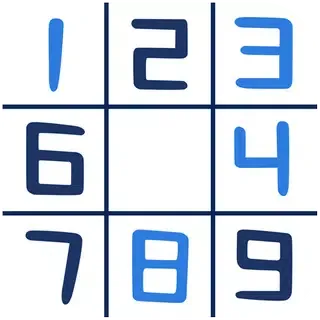Loading game...
Sodoku
Sodoku functions as a logic-based combinatorial number-placement puzzle where the definitive goal is to fill a 9x9 grid with digits. Victory is achieved only when every row, every column, and each of the nine 3x3 sub-grids contains all digits from one to nine exactly once.
What is Sodoku?
